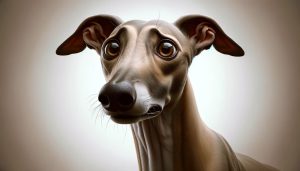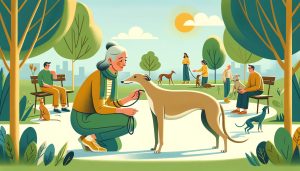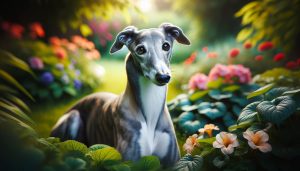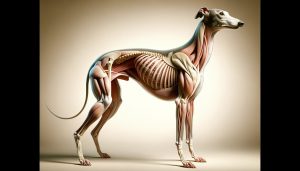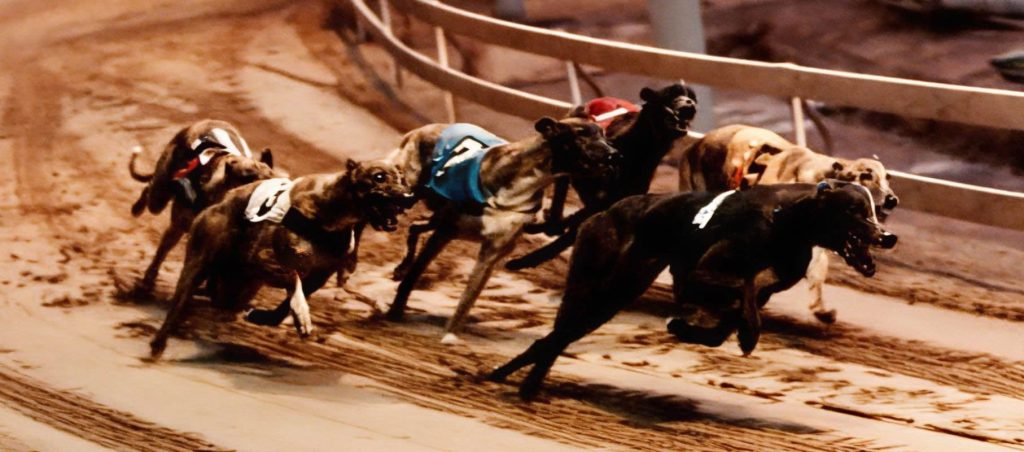
Greyhound Racing History
Delve into the archives and discover nearly 100 years of Greyhound racing history.
Head over to the Greyhound Tracks section to learn all about historic Greyhound racing tracks and download PDF documents containing unique and interesting facts & information.
Greyhound racing in the UK has a rich and storied history, tracing its roots back to the early 20th century. Known for its thrilling races and spirited greyhounds, this sport has become a beloved pastime for many. In the early days, it was predominantly a working-class entertainment, but it quickly gained widespread popularity across all social strata.
The first official greyhound race in the UK was held in 1926 at Belle Vue Stadium in Manchester. This event marked the beginning of greyhound racing as a regulated sport, with the establishment of rules and breeding standards. The greyhounds, known for their agility and speed, are the stars of the track, reaching speeds of up to 45 miles per hour.
The sport’s popularity peaked in the mid-20th century, with tracks located in various towns and cities across the country. Spectators from diverse backgrounds would gather to experience the excitement of the races, making it a significant social event. Do you know about the 1937 Greyhounds Vs Cheetah’s race?
However, greyhound racing in the UK has also faced challenges. Animal welfare concerns have led to stricter regulations and a decline in the number of tracks. Despite this, the sport continues to have a dedicated following, with modern tracks offering improved conditions for the animals and a variety of entertainment options for visitors.
Today, greyhound racing remains a part of British cultural heritage. The sport has evolved, embracing technological advancements for better race monitoring and betting systems, ensuring a safe and fair environment for both the greyhounds and the enthusiasts. As it looks to the future, greyhound racing in the UK balances tradition with innovation, striving to maintain its unique place in the nation’s sporting landscape.
There are some gaps in the archives and we’d be extremely grateful for help filling them.
There are some PDF documents which have been lost since around 2016 that we’re trying to locate so if you have access to any of the lost documents, please leave a message to let us know how you can help.
Thank you!



